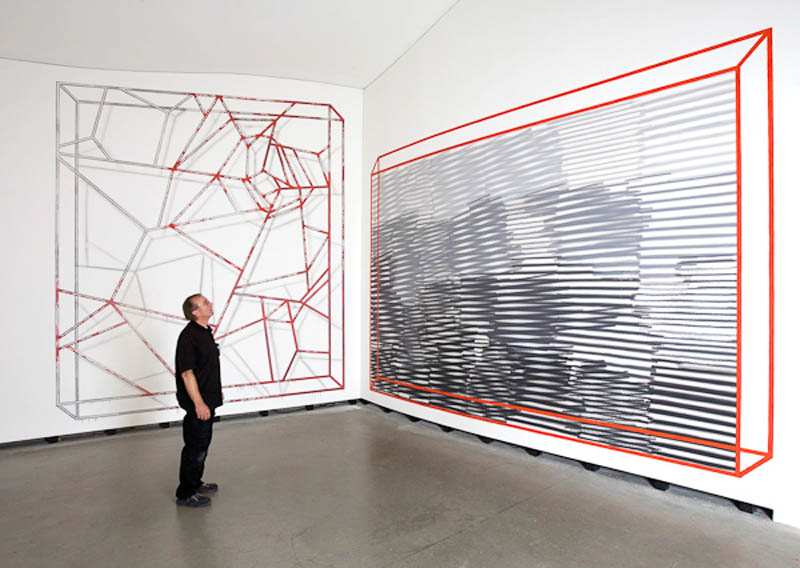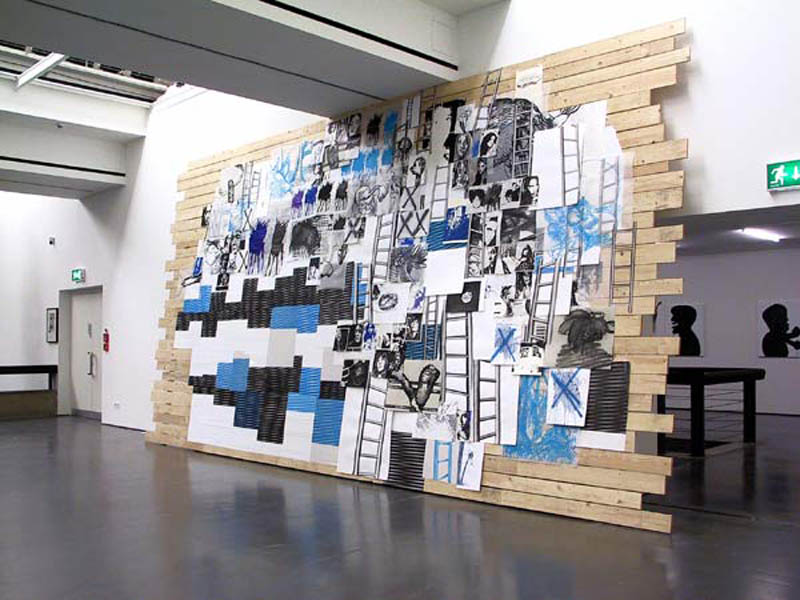
The relationship between music and the visual arts is one of modernism’s formative commonplaces. The idea that music pointed the visual arts the way toward abstraction is a firmly established element of the narrative of how nonrepresentational and purely self-referential painting came into existence. In the postmodern era, too, the intensity and emotional and physical directness of music seems to the visual arts to be an irreducible aim, though one that must for structural reasons remain unattainable. From the perspective of the music business, the art world is conversely often perceived as a more reputable sector of cultural production, one that has not been quite so fully appropriated by the entertainment industry; even though this difference appears to be an effect of different market structures, powered by the excessive value of the irreproducible and exclusive individual work, a rather dubious advantage.
PARTITUR:MAKULATUR was conceived to tie the problem of the relationship between music and image back to the concrete questions of their mutual translatability. Rather than striving for the intensity and enveloping immediate presence of music’s acoustic means, the picture presents itself as a sort of notation. A board wall was set against the wall of the exhibition space so that visitors entering from the stairwell first saw its back. Mounted on it were drawings of various motifs, their arrangement suggesting that they can be read left to right, in analogy with linear writing. Two rows of moiré patterns in black and blue with upward and downward deviations denote a sort of bass line; heads and paint spills serve as note heads, pieces of ladder scattered between them as scales. The question of the translation between sound and image is thus related in illustrative fashion to the unspectacular technique of notation. What comes into play as a common denominator of music and the visual arts is the question of translation and transformation itself. Just as electronic music manipulates original material given in the form of an electronic file, distorting and resampling it, the visual arts likewise feed existing visual materials into a multistage production process: repetition, defamiliarization, seriality, the detection of harmonies and sequences, the variation of motifs, etc., are strategies the visual arts and music share on the level of their technical processes. This is not to say that the work aims to assimilate one to the other in terms of their reception-aesthetic effects; rather, it examines real analogies in the processes of the production of imagery and music.

| Attachment | Size |
|---|---|
| schwarwald.jpg | 94.08 KB |
| schwarzwald1.jpg | 104.01 KB |